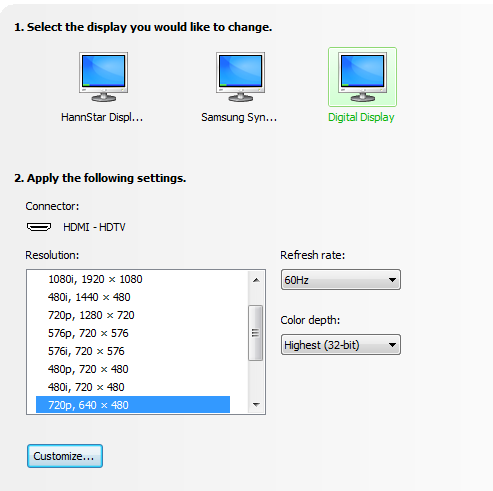Having a weird issue. My 670 loses my TV that's hooked up via HDMI when the TV is shut off. When I turn the TV back on, it will not display anything until I unplug the HDMI cable and then plug it back in again. After I do that, the card recognizes the TV just fine and retains the resolution and all other settings from before.
I have two regular monitors hooked up as well on the DVI outputs. No issues there.
My old setup with a GTX 460 running the two monitors and a 8600GT running the TV never had this issue. The only thing that changed was the 670 replacing the two older video cards.
Anyone else having issues with HDMI output?
I have two regular monitors hooked up as well on the DVI outputs. No issues there.
My old setup with a GTX 460 running the two monitors and a 8600GT running the TV never had this issue. The only thing that changed was the 670 replacing the two older video cards.
Anyone else having issues with HDMI output?
Last edited:
![[H]ard|Forum](/styles/hardforum/xenforo/logo_dark.png)
